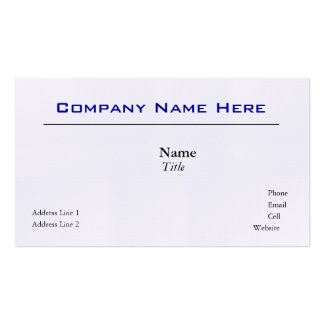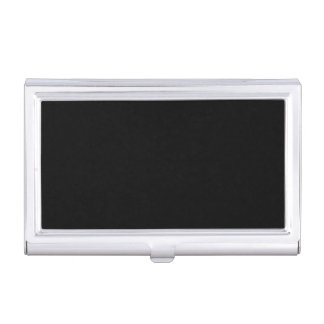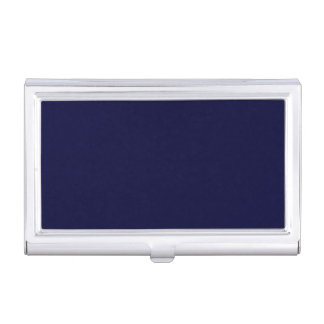How many hours per week do you spend commuting? The average person spends more waking hours on the road, the bus, or the train than working, eating or enjoying time at home. So it stands to reason that billboard advertising, part of what the marketing industry now dubs “out of home advertising”, remains a solid method of getting your message noticed.
So why aren’t more companies taking advantage of all those bored commuters? The chart below provided by the Outdoor Advertising Association of America (OAAA) details the average media spend per media type in 2013, the last year for which figures are available.
According to the statistics cited above, companies spend just 5% of their media budget on out of home advertising. “Out of home” advertising refers to all types of outdoor billboard advertising, including but not limited to highway billboards, bus and train billboard ads, transit kiosks, and even billboards on skyscrapers and buildings.
Arbitron, the national ratings company, conducted a study in 2009 in which they assessed the effectiveness of various advertising methods. According to this study, Americans spend 20 hours or more per week in their cars, and those in the higher income demographic tend to drive more to work and back – which translates into people of higher income looking more at billboards.
And guess what? Billboards are often the last thing a commuter sees before stopping off on his way home from work to shop. Three-quarters of those surveyed by Arbitron noted billboards on their way to a shopping destination, and two-thirds say they made shopping decisions while in the car.
Billboard advertising is also very effective for small businesses reaching travelers. Over 37% of travelers note outdoor billboards, according to the same study.
Small businesses catering to commuters, travelers, and local customers may find that billboard advertising helps drive store traffic, increases impulse visits, and helps boost overall sales and brand recognition.
Key Take-Aways
- If you’re new to billboard advertising, work with a professional marketing agency to create and budget your campaign. They will have the connections and experience to help you place billboards for maximum impact.
- Billboard designs should be clean, simple, and focused on two elements: the graphic and the headline. This is especially true for highway signage. You’ve got just seconds to make a memorable impact. Images convey messages more quickly than words.
- Keep billboards focused on one key idea. Too many ideas, too many sales or items just creates confuses and dilutes the impact of your message.
- Billboard ads aren’t the place for a lot of small print. If you need to convey additional information, use a QR code on transit signage such as bus kiosks and transit vehicle signage (subways, trains, buses) so that people can use their smart phones to scan the code and visit your website for the details. QR codes can be generated free online. They are small graphics that when scanned, act like digital bar codes to immediately link a potential customer to your website.
- If you’re advertising to people who commute to work by car, consider teaming billboard or highway advertising with radio advertising. This one-two punch makes your messages even more memorable by audibly reinforcing what drivers see as they pass billboards on the highway.
- Small businesses in the restaurant or hospitality sectors may find billboard ads the most effective for increasing business. Including simple directions or your street address in large print on billboards can help potential customers find your location easily or query their GPS.







No comments:
Post a Comment